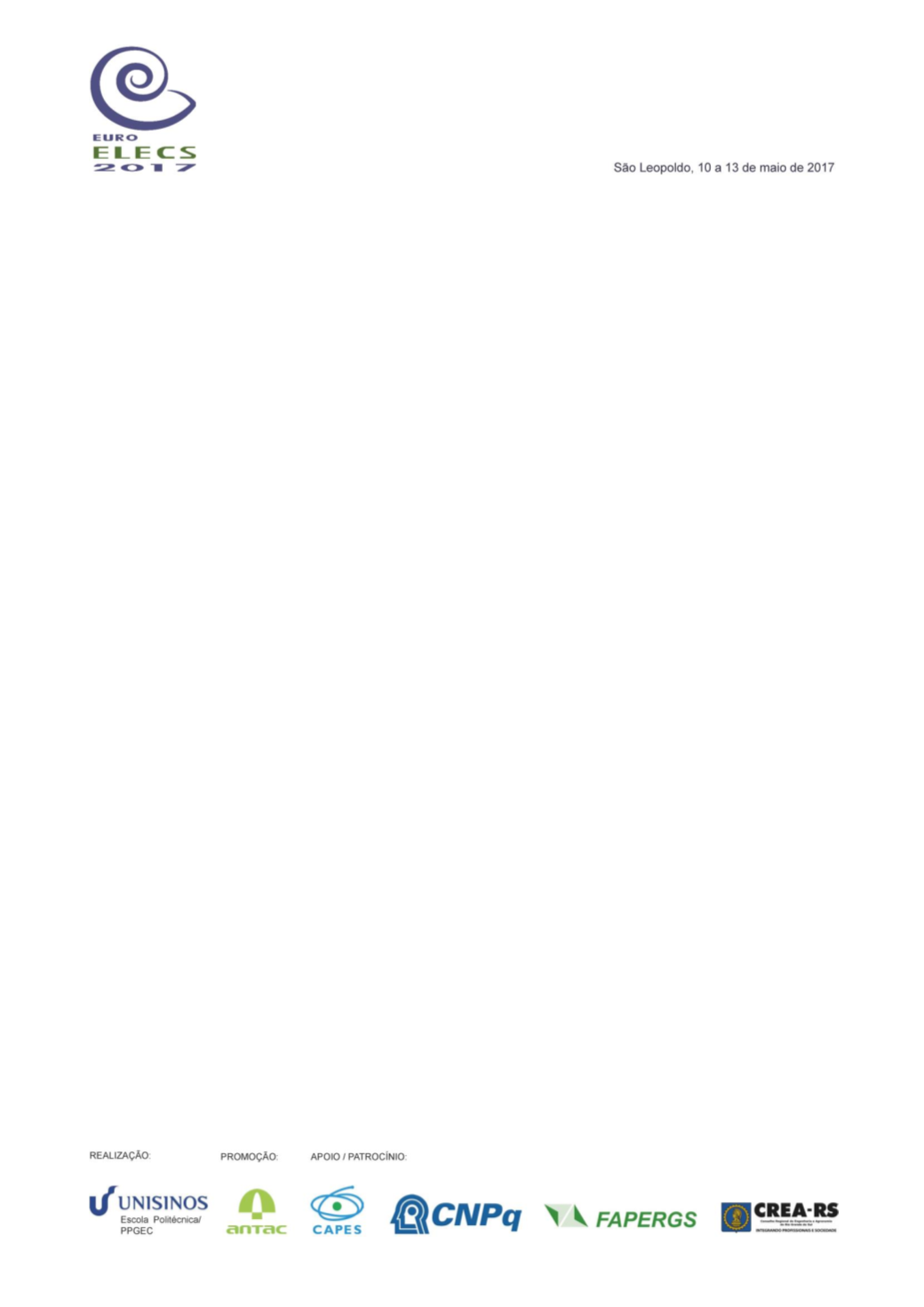

285
277. ANÁLISE DO USO DA VEGETAÇÃO NAS CERTIFICAÇÕES LEED
DE EDIFÍCIOS RESIDENCIAIS NO BRASIL
REIS, Thalles C. dos*
1
(thallescostadosreis@gmail.com); VASCONCELLOS, Virgínia¹
(virginia.vasconcellos@gmail.com)
1
Programa de Pós-Graduação em Arquitetura da Universidade Federal do Rio de Janeiro
(PROARQ-FAU, UFRJ), Brasil
*
Autor correspondente
RESUMO
A necessidade de projetar e construir edificações mais sustentáveis propiciou o surgimento de
diversas certificações ambientais. O Leadership in Energy and Environmental Design (LEED)
apresenta-se como a certificação de maior relevância no cenário brasileiro, devido à sua aceitação
e popularização no país. Um dos recursos que propicia um ambiente com maior qualidade
arquitetônica e fomenta edificações de caráter mais sustentável é a vegetação e sua aplicação no
conforto ambiental. Em nenhuma categoria da certificação LEED o aspecto vegetação é
considerado, como recurso de apoio ao projetista, para atender ao conforto ambiental da
edificação. O estudo, portanto, apresenta uma discussão relacionada ao uso de espécies vegetais
como recurso auxiliador na promoção de edifícios de caráter mais sustentável e em sua aplicação
em certificações ambientais LEED for Homes no Brasil. O objetivo da pesquisa é, através da
análise de diretrizes, requisitos, soluções e metas identificadas em estudo de caso de edificação
residencial com certificação LEED for Homes, avaliar a potencialidade do uso da vegetação como
categoria de pontuação na certificação no Brasil. A análise permitirá, ainda, apontar melhorias na
metodologia de avaliação da certificação e consequente fomento da sustentabilidade no ambiente
construído. Os resultados das análises demonstraram que há uma subutilização de estratégias
projetuais que englobem espécies vegetais e a incorporação dessas soluções são de grande
importância para a sustentabilidade do ambiente construído, contribuindo para um melhor
desempenho ambiental.
Palavras-chave:
Sustentabilidade; vegetação; LEED; conforto ambiental; residencial.
ANALYSIS OF THE USE OF VEGETATION IN LEED CERTIFICATIONS OF
RESIDENTIAL BUILDINGS IN BRAZIL
ABSTRACT
The need to design and build more sustainable buildings has led to the emergence of several
environmental certifications. The Leadership in Energy and Environmental Design (LEED) presents
a certification of greater relevance in the Brazilian scenario, due to its acceptance and
popularization in the country. One of the tools that provide an environment with higher architectural
quality and fosters the qualifications of a more sustainable character is a vegetation and its
application in environmental comfort. In any category of LEED certification, the vegetation aspect is
considered, as a tool to support the designer, to meet the environmental comfort of the building.
The study, therefore, presents a discussion related to the use of vegetal species as an auxiliary
tool in the promotion of buildings of a more sustainable character and its application in
environmental certifications LEED for Homes in Brazil. The objective of the research is, through the
analysis of guidelines, requirements, solutions and goals identified in the LEED for Homes
certification case study, to evaluate the potential use of vegetation as a category of certification


















